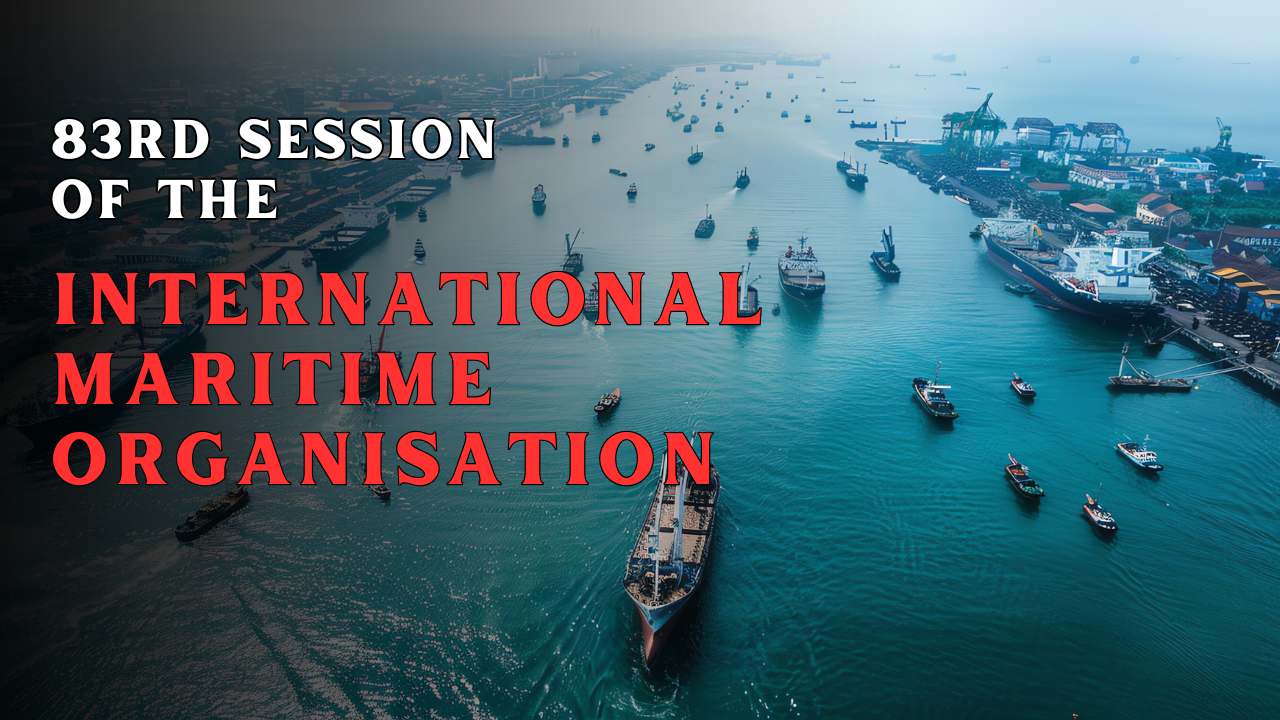Font size:
Print
Tamil Nadu’s Education Funding
Context:
Tamil Nadu has yet to receive this year’s funds from the Union government under the flagship Samagra Shiksha education scheme.
More on News
The State government claims that the Centre has tied the release of these funds to the full implementation of the National Education Policy (NEP) 2020, which includes provisions the State opposes, such as the controversial three-language formula.
About Samagra Siksha
- Samagra Shiksha is a centrally-sponsored, integrated education scheme that covers schooling from nursery to Class 12.
- It includes components such as teacher training, salaries, special education, digital education, school infrastructure, and grants for textbooks, uniforms, and libraries, among others.
- The scheme, with an estimated outlay of ₹2.94 lakh crore between 2021 and 2026, is funded in a 60:40 ratio between the Centre and the States.
Tamil Nadu’s Allocation
- Tamil Nadu’s allocation for 2024-25 is ₹3,586 crore, with ₹2,152 crore as the Centre’s share.
- However, halfway through the financial year, the first quarterly instalment of ₹573 crore has yet to be released.
- Tamil Nadu Chief Minister, in a letter to Prime Minister Narendra Modi, accused the Centre of tying the release of these funds to the signing of a Memorandum of Understanding (MoU) for another centrally-sponsored scheme, PM Schools for Rising India (PM Shri).
- This scheme, running from 2022 to 2027, aims to establish 14,500 model schools showcasing the National Education Policy (NEP) 2020, which Tamil Nadu opposes, particularly its three-language policy.
Why is Tamil Nadu against the NEP?
- Tamil Nadu’s opposition to the National Education Policy (NEP) 2020 primarily concerns the three-language formula and certain curriculum changes.
- The draft State Education Policy (SEP) reinforces Tamil Nadu’s stance.
- The State prefers the 5+3+2+2 curricular framework over the NEP’s inclusion of pre-school years and proposes that five years old be the entry age for Class 1, as opposed to the NEP’s recommendation of six years.
- Additionally, Tamil Nadu favours undergraduate college admissions based on Class 11 and 12 marks, rather than the NEP’s suggestion of a common entrance test.
- The most significant point of contention remains the NEP’s three-language formula.
Why Tamil Nadu Opposes Three-Language Formula
- The three-language formula has been part of every NEP since 1968 and is followed in many states, typically involving the local language, English, and Hindi, with Sanskrit often offered as an option.
- Tamil Nadu’s opposition to this formula has deep historical roots, dating back to social movements in the pre-Independence era.
- The State has seen widespread protests against the imposition of Hindi, from the 1930s to violent anti-Hindi agitations in the 1960s, and again in the 1980s against NEP and Navodaya schools.
- This opposition reflects a longstanding political consensus in the State.
- Instead, Tamil Nadu implements a two-language policy, where students are required to learn both Tamil and English throughout their school years, with the option to choose Hindi or any other language as a third language.
- Tamil Nadu sees Tamil as central to its identity while also emphasising the importance of English proficiency.




